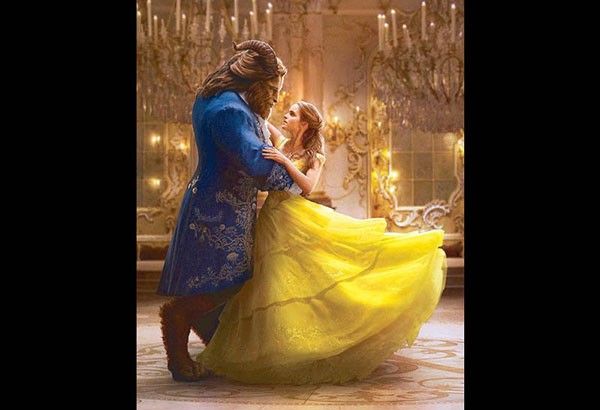Empowered modern-day Disney princesses

Disney princesses are among the most iconic characters in pop culture. Decades after they premiered on screen, they live on in toys, T-shirts, costumes, books, and other merchandise. This year, Belle makes a return to the big screen in the live action adaptation of Beauty and the Beast starring Emma Watson. The new Belle is not a damsel in distress. She’s spunky and she has ambitions that don’t equate falling in love with a prince and marriage with happily ever after. Oh, and she fights back hard! Belle, portrayed by Emma Watson who is a notable feminist, just goes to show how far Disney has come from the princesses of the past.
Fairytale adaptations of old sent the message that women were weak and should avoid work at all costs. In Snow White and the Seven Dwarves (1937), we meet the lead character drawing water from a well. She is hunted and forced into the dark forest by her wicked stepmother and she spends most of her time doing chores such as cleaning, cooking, and washing dishes. Cinderella (1950) was a maid serving her stepmother and stepsisters dreaming of a better life and in Sleeping Beauty (1959), an entire industry was destroyed just so she couldn’t prick her finger and fall under a curse.
These princesses were not empowered. They had to be protected and saved. Through the years, we’ve had some exceptions to the rule. Poccahontas (1995) went against the traditions of her village and followed her heart — displaying incredible courage along the way. Mulan (1998) posed as a man and fought in battle to save her father and the Emperor.
But these were the most radical princesses of their time. For the most part, happily ever after still meant love and marriage, preferably to a prince. Sure, this was all good and well for decades, but will it really still work in 2017, in a generation made up of and brought up by empowered, working women?
It has only been in the past decade that Disney princesses have finally made it into the working world. It started with The Princess and The Frog (2009) where our heroine Tiana dreamt of owning a restaurant and constantly prioritized work over love. Disney followed through on this with Brave (2012) where they broke the typical princess plot of finding true love and introduced us to a character looking for anything but that, opting for adventure over love. In Frozen (2013), orphaned sisters Elsa and Anna are forced into filling the impending task of ruling and governing over their kingdom. Last year, Moana (2016) introduced us to a fiercely independent young princess who takes on every obstacle thrown her way in order to achieve success.
Then there’s Beauty and the Beast. In the original, Belle was an intelligent, out-of-place bookworm who was always very vocal about her ambitions and dreams. She expressed her disgust at the thought of becoming Gaston’s “little wife” and chose not to conform with the other girls in the village despite being made fun of for being different.
Emma Watson, UN Women Goodwill ambassador and HeForShe advocate, revamped Belle to make her even more feminist. She was smarter. She taught children in her village how to read and she was an inventor just like her father, using her horse, along with a brilliantly designed mechanism, to do her laundry for her. For this, she is scorned by the villagers. But no amount of social pressure ever changes the way she thinks.
Her suitor, Gaston, never sways Belle for a minute despite other girls in the village falling at his feet. She shrugs him off as a brute and focuses on her dreams of getting out of the village rather than dolling herself up and finding a man. In fact, Emma Watson never wore a corset in the film and instead of the originally prescribed ballet flats, she wore boots.
Belle also displayed her courage when she rescued her father, taking his place as the Beast’s prisoner and not so much as flinching (and even fighting back!) when the larger-than-life Beast unleashed his monstrous temper on her.
Until the end of the movie, Belle was loyal to herself. After the iconic ballroom scene, the Beast asks her if she would be happy staying with him, to which she replied she could never truly be happy if she wasn’t free. Even if she was growing fond of the Beast, she acknowledged that she still valued her freedom and controlling her own destiny much more.
Disney has come a long way in its depiction of women. Modern-day Disney princesses are no longer just maids or damsels in distress. They have jobs. They have ambition. They are strong. Modern-day Disney princesses promote women empowerment, including the new Belle.
The future is looking bright for Disney princesses and the girls who will grow up watching them. Instead of learning to dream of finding love at first sight, they will learn to dream big and to pursue their ambitions with everything they’ve got.
* * *
Post me a note at mylene@goldsgym.com.ph or mylenedayrit@gmail.com.



















